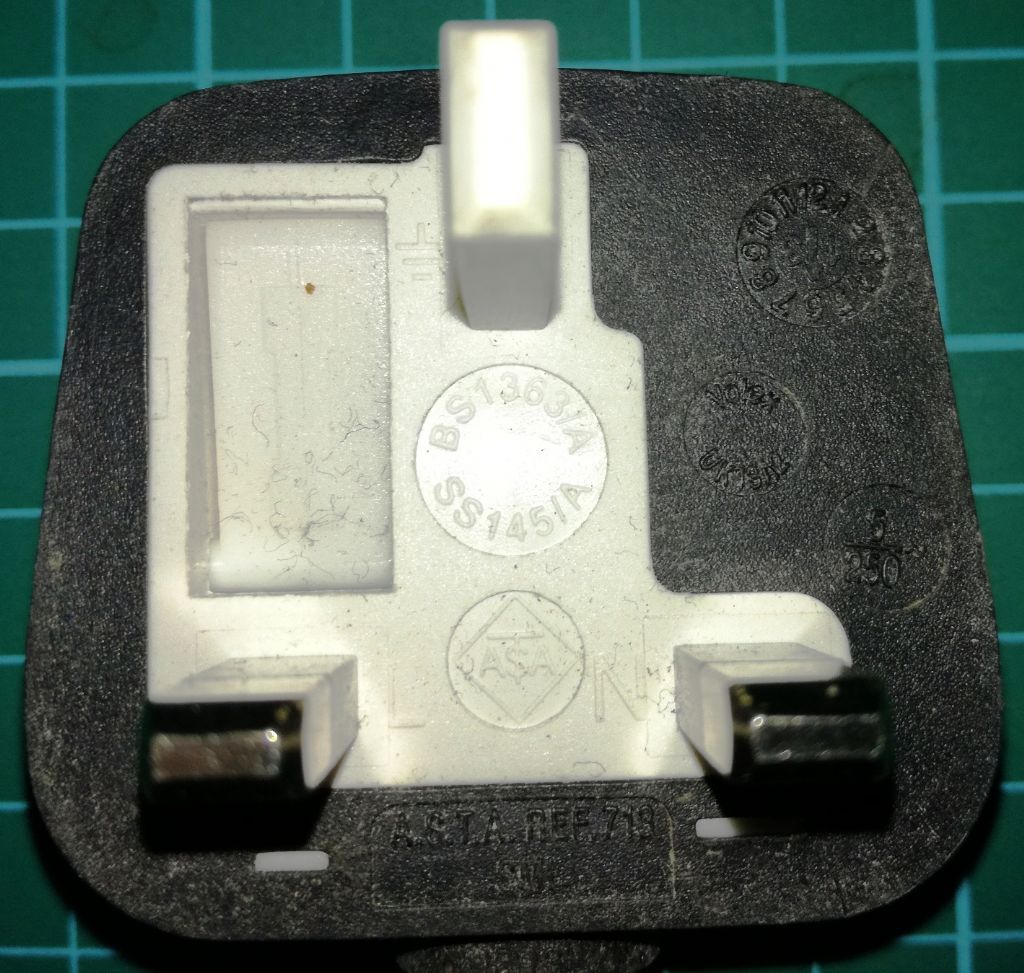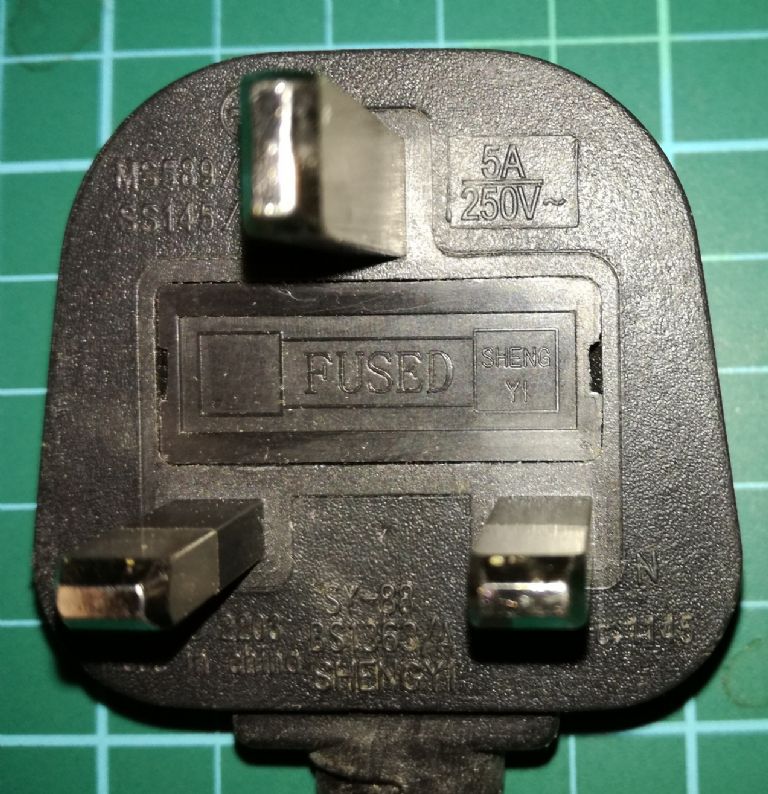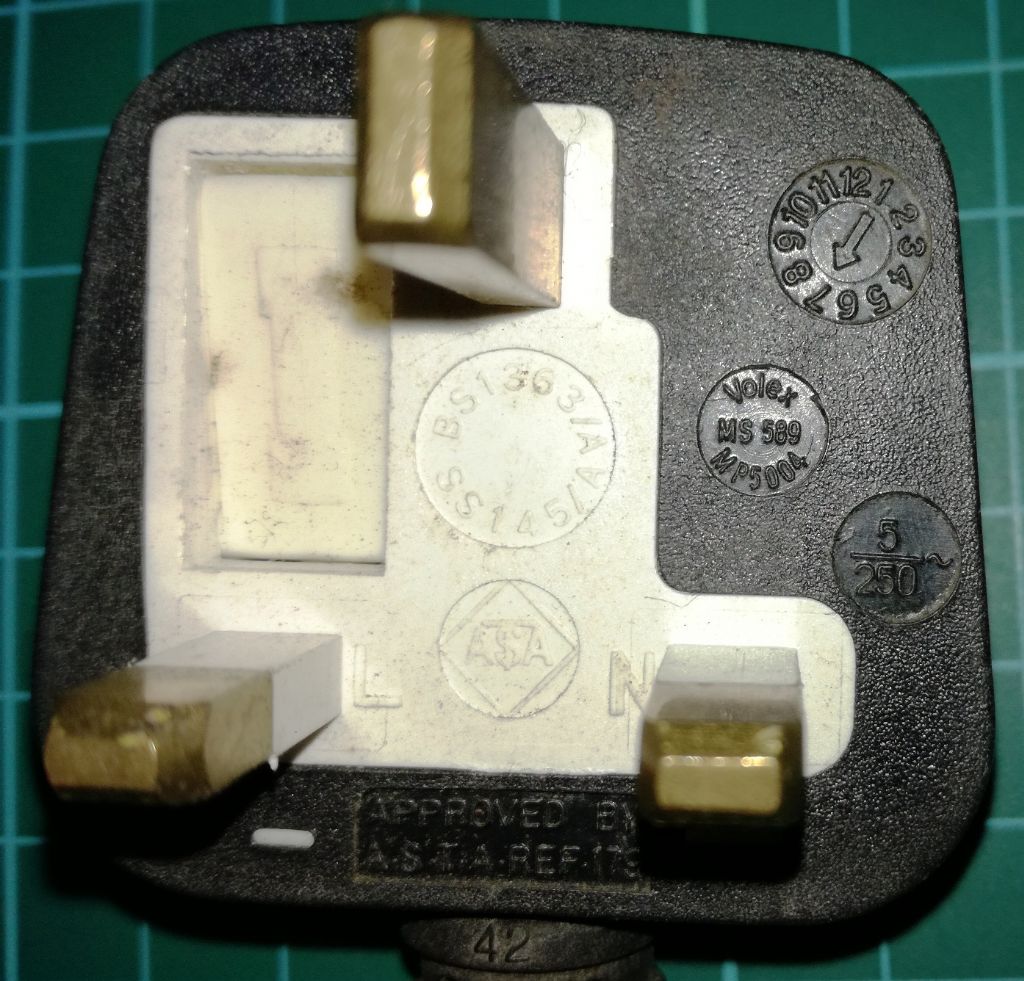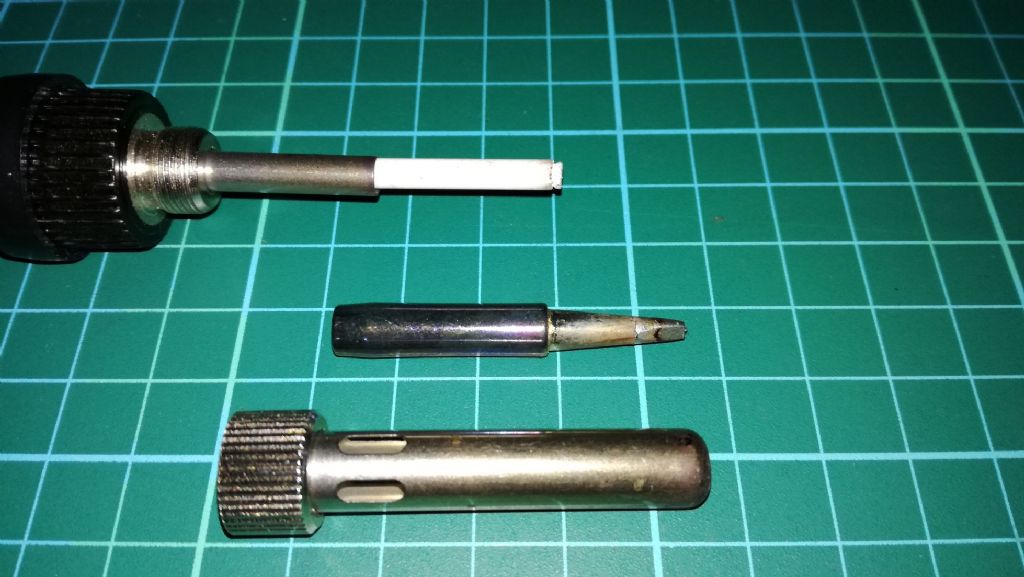Posted by Nick Clarke 3 on 11/11/2022 08:15:58:
Talking to a retired TV engineer – it was frequently the case for TV repairmen to leave the earth wire disconnected on their soldering irons when working on live chassis TVs – especially important when working in a workshop with others apparently.
I can think of a good reason why they did that, but it's a special case, not normally recommended.
Usually, it's better to have the tip earthed. Personal safety is one reason, another is that many modern electronic devices are easily destroyed by static electricity. Working with these, which come in anti-static packaging, it's usual to earth the operator as well!
Because there's a high-risk of damaging electronics by poking about inside live equipment with a metal rod, it's usual to disconnect and to discharge any big capacitors gently with a resistive probe before soldering anything. The heyday of TV engineers was when televisions relied on thermionic valves, that took a few minutes to warm up before a repair could be checked. Although valve circuitry is unreliable, the individual components were quite robust, so it's possible for a busy repairer to save time by diagnosing fixing certain common faults working on a live chassis. It's quite dangerous though: valve televisions operated at high voltages, with plenty of amps, without an isolating transformer, and the chassis was rarely earthed. A Radio Rentals friend described becoming stuck to the live EHT line of an early colour TV set (about 40,000V) because his muscles locked up. He was saved by a co-worker who pushed him off his stool. Got away with a deep burn, but once in a while people were hospitalised or killed.
As a general rule, "Don't mess with safety unless you understand what you're doing! " In this case, if the pros and cons of an earthed tip are a mystery, don't disconnect the earth and don't use a soldering iron on live circuits. And remember a percentage of the experts who do understand the risks get caught out occasionally.
Dave
Edited By SillyOldDuffer on 11/11/2022 08:55:27
 Nicholas Farr.
Nicholas Farr.







